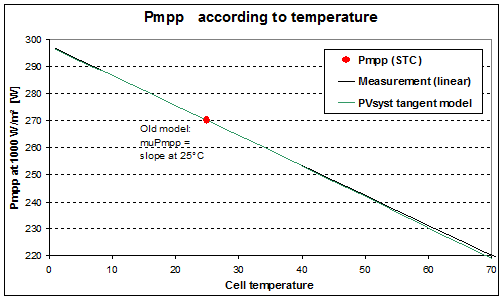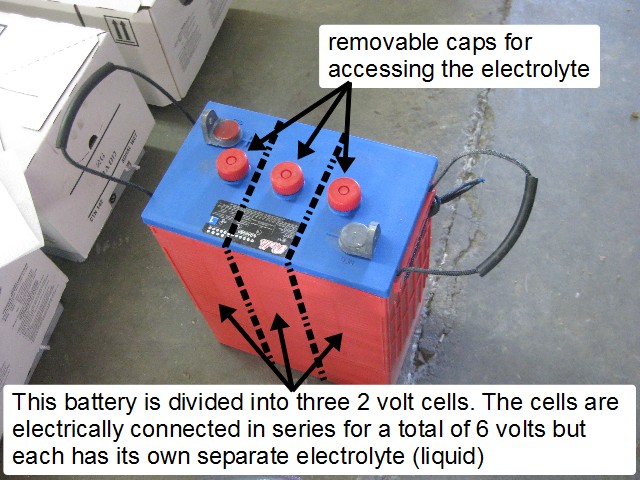Solar Panel Temperature Correction Factor

The first satellites such as vanguard i required only moderate power and the weight of the solar panels was low.
Solar panel temperature correction factor. Home solar panels are tested at 25 c 77 f and thus solar panel temperature will generally range between 15 c and 35 c during which solar cells will produce at maximum efficiency however solar panels can get as hot as 65 c 149 f at which point solar cell efficiency will be hindered. Temperature has an effect the efficiency and maximum pv output of a solar panel. To take in account a drop of cell voltage due to temperature operating cell temperature c 25 c x 0 5 c and to correct to the testing conditions. By use of a temperature derating factor.
Solar panels and temperature believe it or not warmer temperatures actually have an adverse effect on the production of solar panels. The energy production efficiency of solar panels drops when the panel reaches hot temperatures. A field experiment in the united kingdom revealed a drop of 1 1 of. The effect of high temperatures.
Install factors like how close the panels are installed to. Solar panels produce less power the hotter they get. They produce more power the colder they get. If the solar orientation and inclination correction factor is 1 1 what would be the power output.
How hot do solar panels actually get. The hotter a panel gets the less power it generates the ambient temperature temperature coefficient of the actual panel and the type of installation are all factors that affect the yield potential of a solar power system. Nominal rated maximum. Any solar radiation should strike the pv panel at 90.
Pr is often corrected to a common temperature of 25 c standard reporting conditions 4 5. Use correction factors when solving problems with stc ptc applied in the problem. Correction to a cell temperature of 25 c usually results in a higher pr because modules more frequently operate at 45 c. The nec has a table table 690 7 voltage correction factors for crystalline and multicrystalline silicon modules that gives the correction factor based on the coldest possible operating temperatures expected.
There are several other factors that affect solar panel efficiency and the ability to convert sunlight into energy for use in our homes and businesses. Reliability was ensured by protecting the cells with a quartz or sapphire cover sheet from energetic particles outside the atmosphere and by using np type cells on 6. From the 2003 version of the nec. The strong dependence of pr on temperature results in a large seasonal variation in pr which can be as large as 10 3 6 9.


















_750_198_80_s.jpg)




_2.png)
















